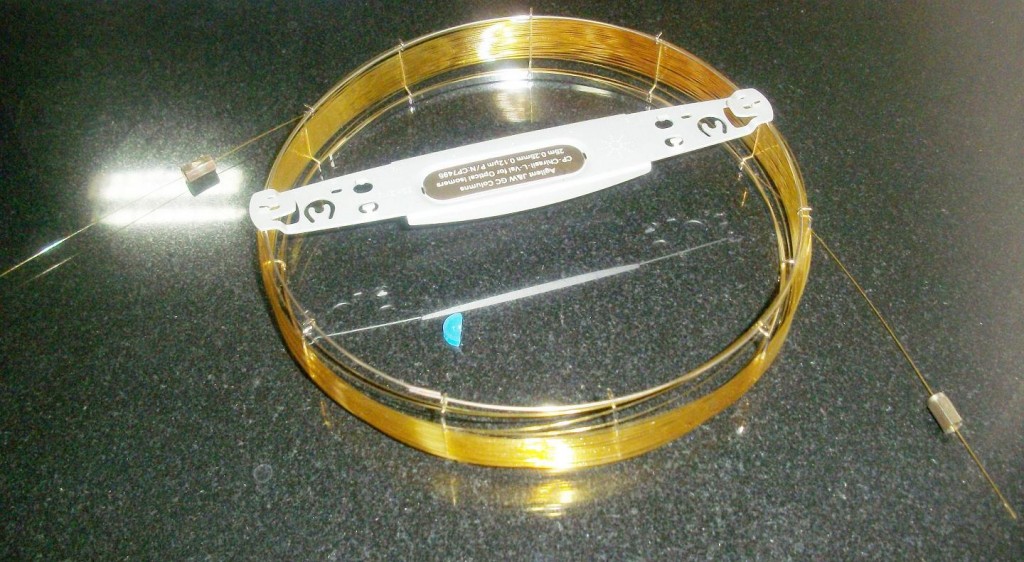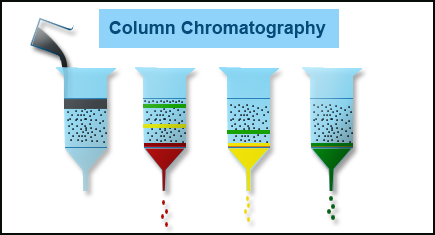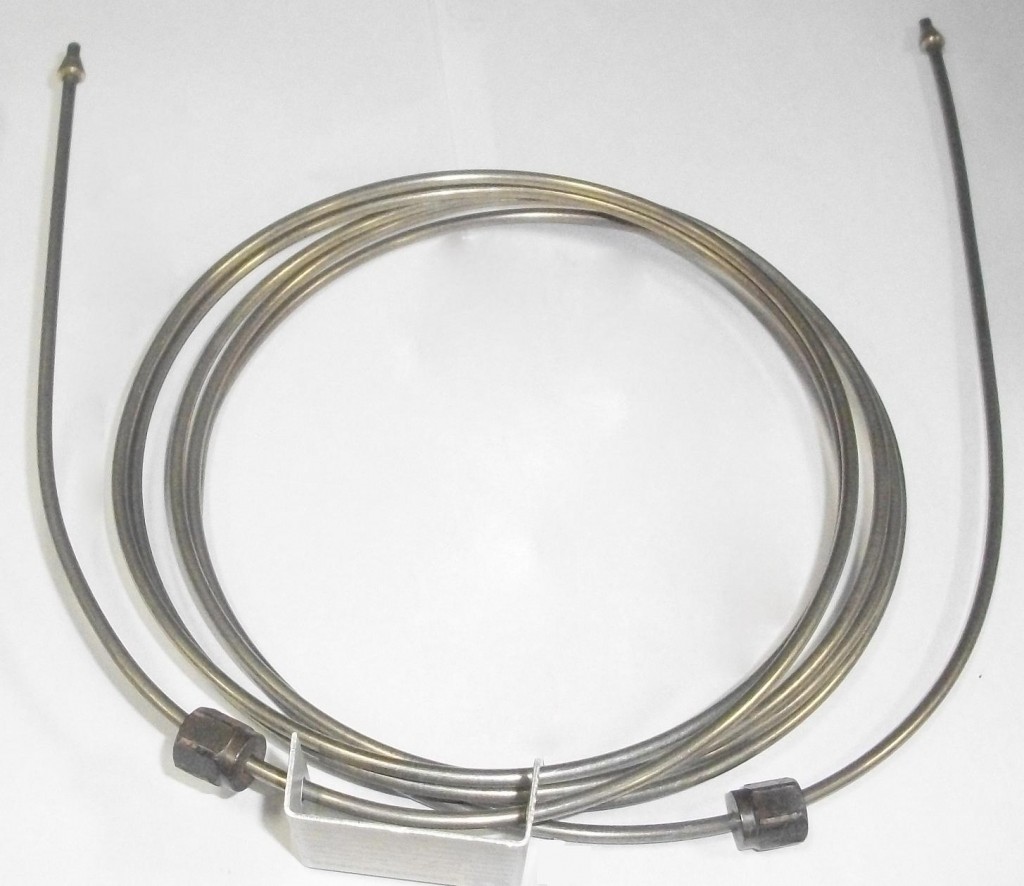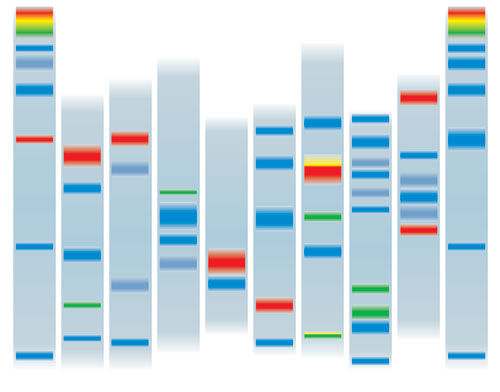Four Key Considerations for choice of Capillary Gas Chromatographic Columns

The choice of a Capillary Gas Chromatography column is based on four important considerations:
- Stationary phase
- Column length
- Column ID
- Film thickness

First Consideration – Stationary Phase
Separation sequence of eluting compounds depends upon physico – chemical interactions between the compounds and the stationary phase. Each phase has specific interactions with different groups of analytes moving in the carrier gas stream. It is not intended to cover individual stationary phases in this brief article. Only general observations are being made.
- Non-polar interactions are mainly based on dispersive forces (Van der waal’s forces). Attraction increases with size. Larger non– polar molecules are retained longer by nonpolar columns
- Polar molecules have dipole interactions in addition to dispersive forces which are useful for separation of compounds such as alcohols, amines, ketones, etc.
Second Consideration – Gas Chromatography Column Length
- Longer Gas Chromatography column lengths provide improvements in resolution of sample components. However, increasing Gas Chromatography column length increases analysis time and head pressure.
- Doubling GC column length does not necessarily lead to doubling of resolution. Resolution increases in relation to square root of column length
Generally 25 – 30 m Gas Chromatography columns offer a good combination of resolution, analysis time and head pressure. More complex mixtures may require columns above 60 m length.
Third Consideration – Gas Chromatography Column ID
Choice of Gas Chromatography column internal diameter depends on the concentration of the sample. When sample loading exceeds Gas Chromatography column capacity there is loss of resolution, poor reproducibility and peak distortion. Typically sample loading increases from 10 ng for 0.1mm id to 2000 ng for 0.53 mm id columns. An increase in column diameter results in an increase in load capacity of the Gas Chromatography column.
| GC Column ID’s | Applications |
| 0.1mm-0.15mm | Fast GC requiring high resolution |
| 0.22 mm-0.25mm | Mass spectroscopy using high resolution with improved load capacity |
| 0.32 mm | High resolution with good sample load capacity |
| 0.53 mm | Good resolution and high sample capacity for trace component analysis |
Fourth Consideration – Film Thickness
Film thickness of liquids bound to stationary phase or Gas Chromatography column wall ranges from 0.1- 5.0 μm.
Thick films increase the residence time of the compound in the Gas Chromatography column. Compounds with very high volatility require more residence time to prevent co-elution and should be analysed using thicker films.
Thicker films lead to increased retention time, increased peak widths and higher elution temperatures.
Thinner films result in sharper peaks and reduced Gas Chromatography column bleed and increase maximum operating temperature of the column.
In this article we have examined the role of factors which are non-specific in nature which govern choice of a capillary column. The ultimate choice is covered by the nature of compounds to be separated and the required detection levels.
Please do share your experiences and observations and leave your comments.





Responses